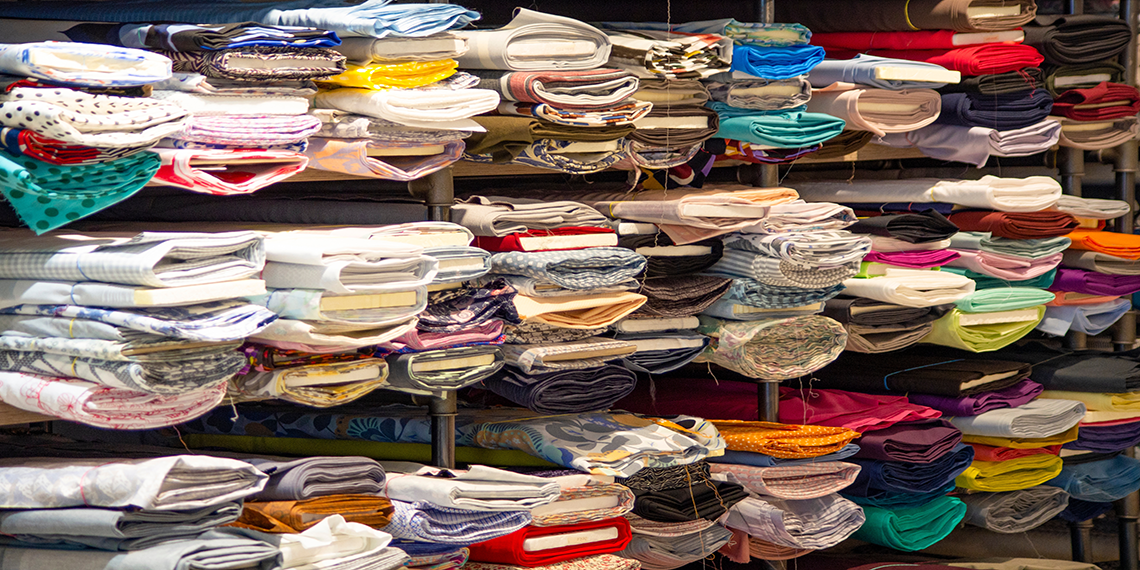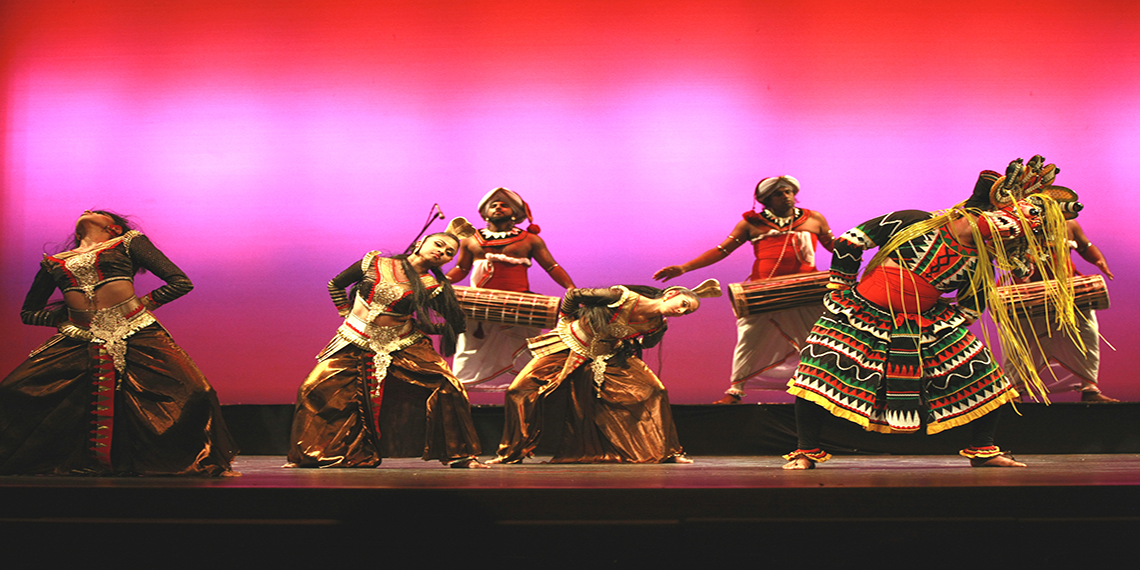Sri Lanka is a country rich in culture, heritage and art, and one of the traditional textile techniques that has survived through generations is Batik. Batik is the art of creating intricate designs on cloth using wax and dyes. The word “batik” is derived from the Javanese word “ambatik”, which means “to write with wax”. It is believed that the technique was introduced to Sri Lanka by Dutch traders in the 18th century, and it quickly became a popular art form among the locals.
Batik Making Process
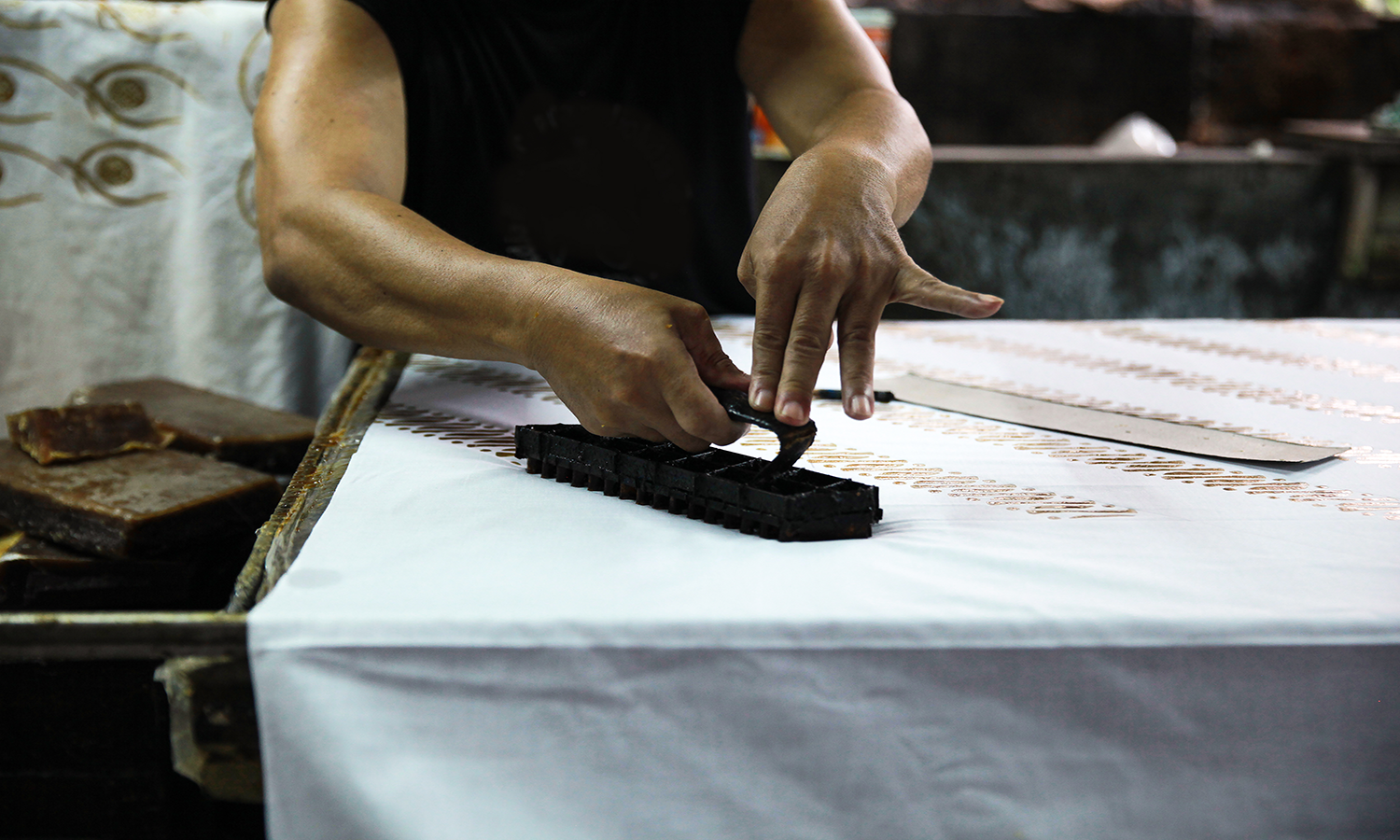
Batik making is a labor-intensive process that involves several stages. The first step is to prepare the fabric, which is typically cotton or silk. The fabric is washed, dried, and stretched on a frame to prepare it for the waxing process. Once the fabric is ready, the design is drawn onto it using a pencil or charcoal.
Next, the wax is applied to the fabric using a tool called a canting, which resembles a pen with a small copper or brass bowl attached to it. The canting is filled with hot wax, and the artisan draws the design onto the fabric by hand. This process requires a steady hand and a lot of skill, as any mistakes cannot be corrected.
After the wax is applied, the fabric is dyed in a vat of dye. The areas covered in wax resist the dye, creating a pattern on the fabric. The fabric is then rinsed to remove the wax, revealing the design.
This process of waxing, dyeing, and rinsing is repeated multiple times to create complex designs with multiple colors. Finally, the fabric is washed and dried before it is ready to be used for clothing, home decor, or other purposes.
Designs and Patterns of Sri Lankan Batik
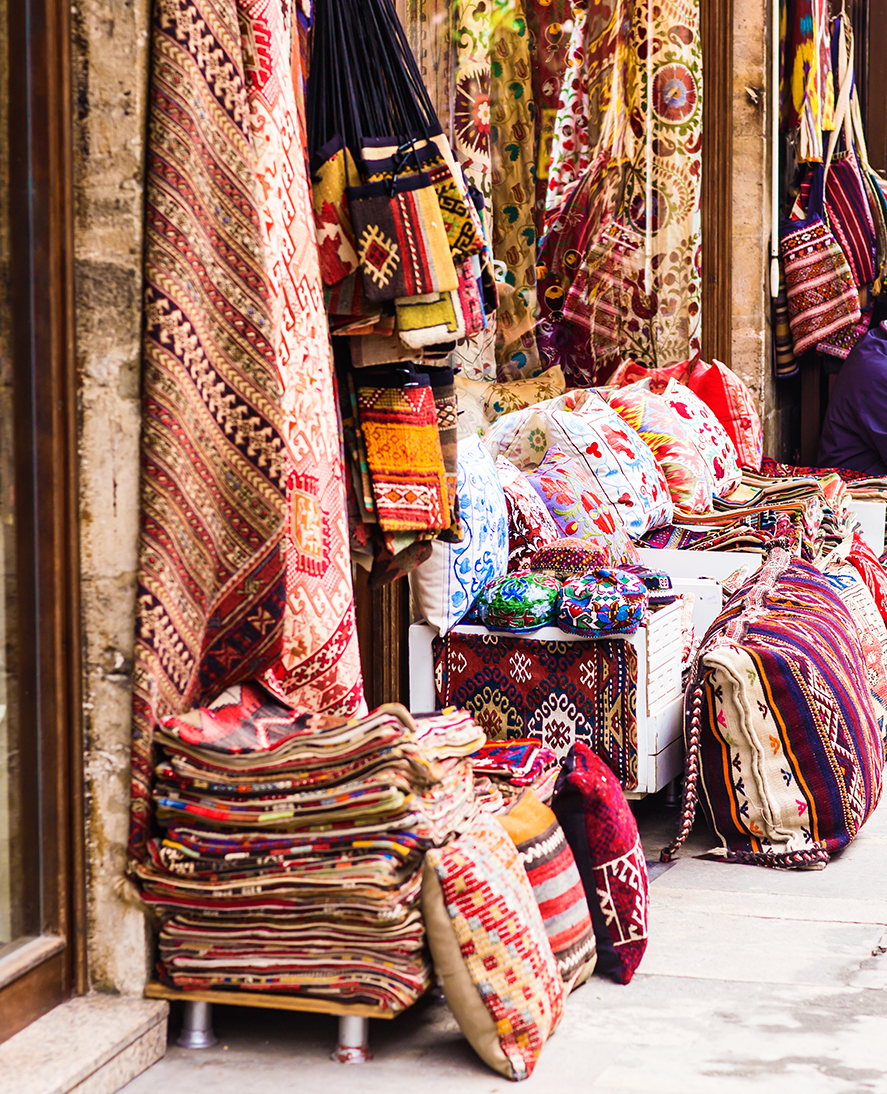
The designs and patterns of Sri Lankan batik are influenced by the country’s rich cultural heritage and natural surroundings. Traditional Sri Lankan batik designs include geometric shapes, floral patterns, and depictions of animals and birds. These designs are often inspired by Buddhist and Hindu mythology, as well as Sri Lanka’s abundant wildlife.
In addition to these traditional designs, many Sri Lankan batik artisans are creating contemporary designs to attract younger customers. These designs often incorporate bold, bright colors and abstract patterns, making them more versatile and suitable for a variety of uses.
One of the most popular motifs in Sri Lankan batik is the “elephant design.” Elephants are considered sacred animals in Sri Lanka, and they feature prominently in the country’s cultural and religious traditions. Many batik artisans use the elephant design in their work, creating stunning pieces of art that capture the beauty and majesty of these gentle giants.
Artisans and their Communities
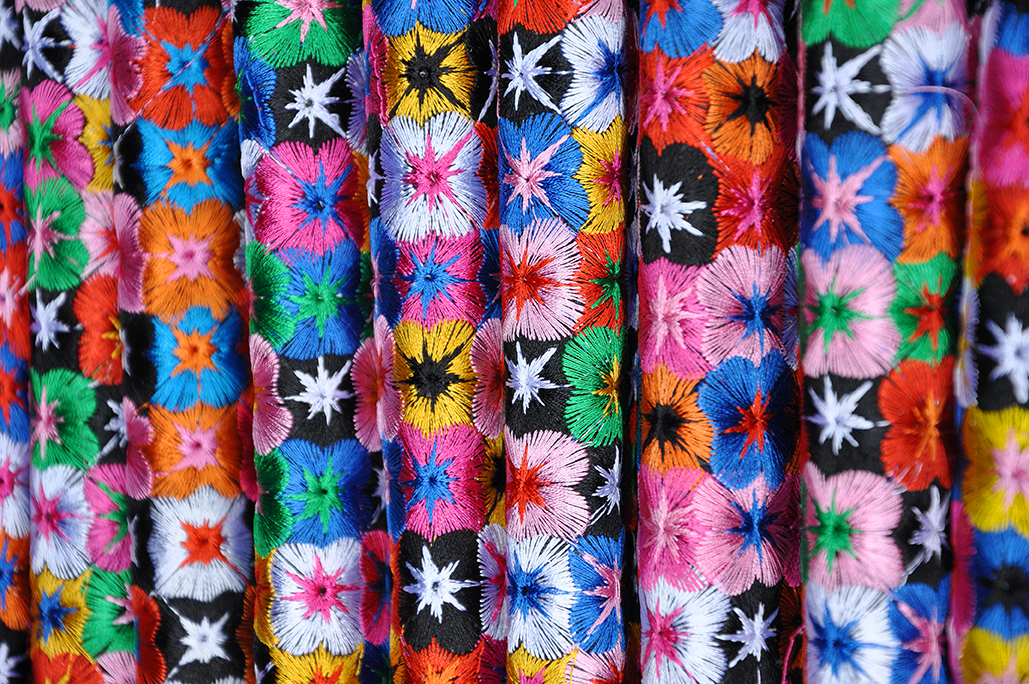
The art of batik is deeply intertwined with the lives and livelihoods of the artisans who practice it. Many of these artisans come from rural communities, where they have learned the traditional techniques and passed them down through generations.
Despite the challenges faced by the batik industry, including competition from cheaper, mass-produced textiles, many Sri Lankan artisans continue to produce high-quality batik using traditional techniques. These artisans are often members of cooperatives or community-based organizations that provide them with training, resources, and access to markets.
In addition to supporting the artisans themselves, the batik industry also provides employment opportunities for others in the community. From fabric vendors to dye makers to designers, the batik industry supports a wide range of jobs in Sri Lanka.
Overall, the artisans and their communities play a vital role in the preservation and growth of the batik industry in Sri Lanka. By supporting these communities and buying locally-made batik products, consumers can contribute to the sustainability and success of the industry.
Use of Batik in Fashion and Home Décor
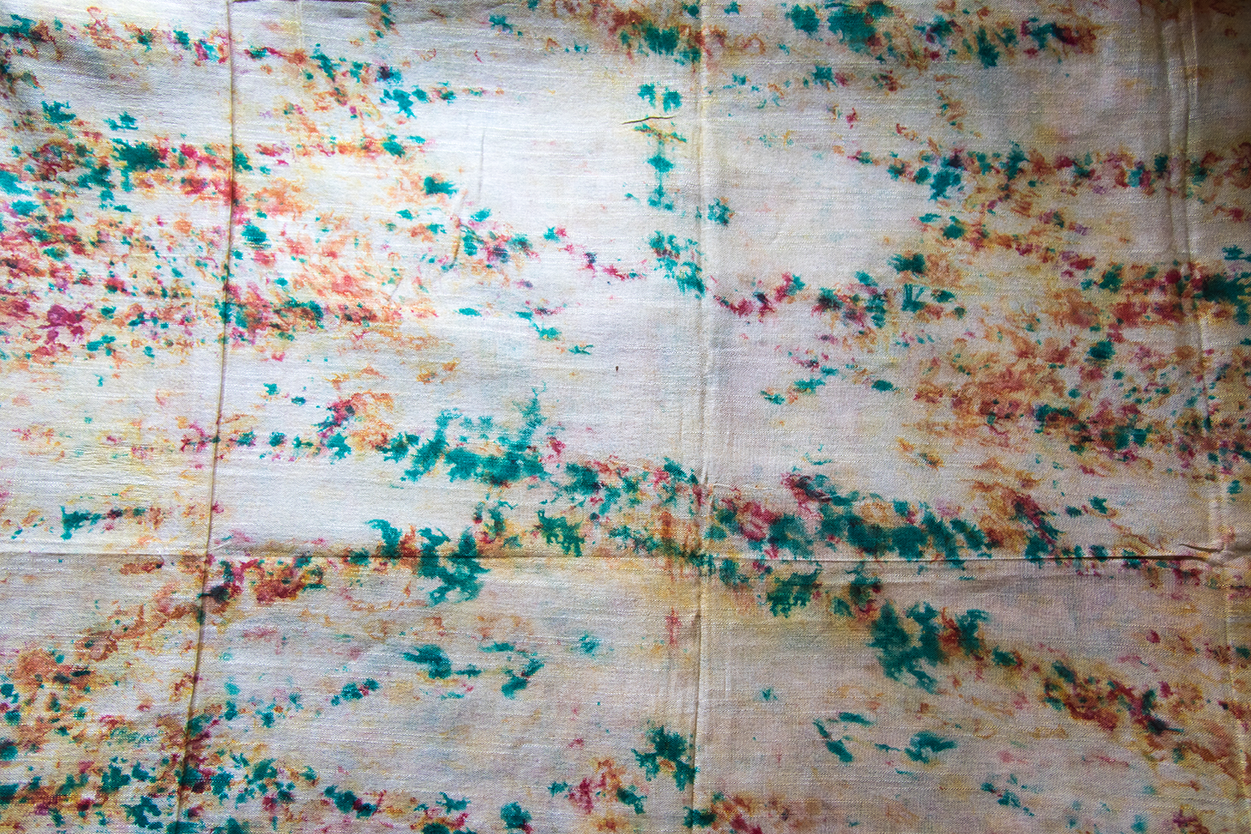
Batik is a versatile textile that can be used in a variety of ways, from clothing to home decor. In Sri Lanka, batik is commonly used to make sarongs, dresses, skirts, and blouses. Many Sri Lankan designers are also incorporating batik into their collections, creating modern, stylish pieces that showcase the beauty and versatility of the traditional textile.
In addition to clothing, batik is also used in home decor, including cushion covers, tablecloths, and wall hangings. Batik home decor items are often brightly colored and feature intricate patterns, making them a popular choice for those who want to add a touch of Sri Lankan culture to their homes.
Art of Batik and its Economic Impact

The batik industry has a significant economic impact in Sri Lanka, providing employment opportunities for thousands of people and contributing to the country’s economy. The industry is also a significant source of foreign exchange earnings, as batik products are exported to markets around the world.
Despite its economic importance, the batik industry faces several challenges. One of the biggest challenges is competition from cheaper, mass-produced textiles from other countries. In addition, many Sri Lankan artisans struggle to access credit and other resources they need to improve their businesses and compete in the global marketplace.
However, there are also several initiatives underway to support the batik industry and improve the economic opportunities for artisans. These initiatives include providing training and resources to artisans, facilitating access to markets, and promoting the cultural significance of batik.
Future of Batik
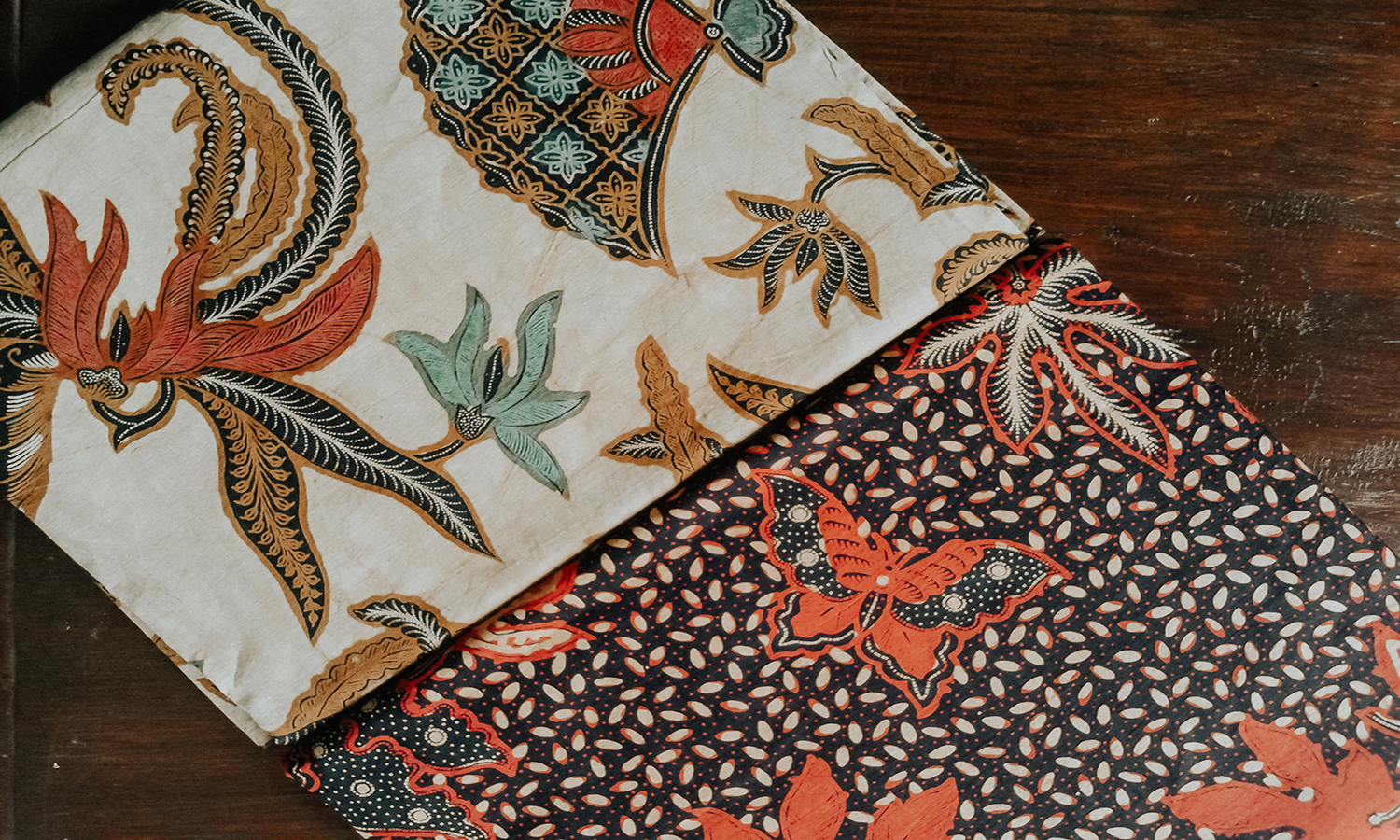
Despite the challenges faced by the batik industry, including competition from cheaper, mass-produced textiles, the art of batik continues to thrive in Sri Lanka. Many artisans are working hard to preserve the traditional techniques and designs, while also adapting to changing market trends. Some artisans are experimenting with new color combinations and designs to attract younger customers, while others are incorporating modern motifs into their traditional designs.
In addition, the Sri Lankan government and various organizations are taking steps to support the batik industry. They are providing training and resources to artisans to improve their skills and productivity, and also facilitating access to new markets. Some initiatives also focus on promoting the cultural significance of batik, educating both locals and tourists about the traditional art form.
However, the future of batik also depends on consumer demand. With the rise of fast fashion and mass-produced textiles, it is crucial for consumers to understand the value of handcrafted, traditional textiles like batik. By choosing to support artisans and buying locally-made batik products, consumers can contribute to the preservation and growth of the industry.
In conclusion, the art of batik has a rich history in Sri Lanka and continues to be an important part of the country’s cultural heritage. Despite the challenges faced by the industry, the dedication and hard work of the artisans, along with the support of various organizations, offer hope for the future of batik in Sri Lanka.


